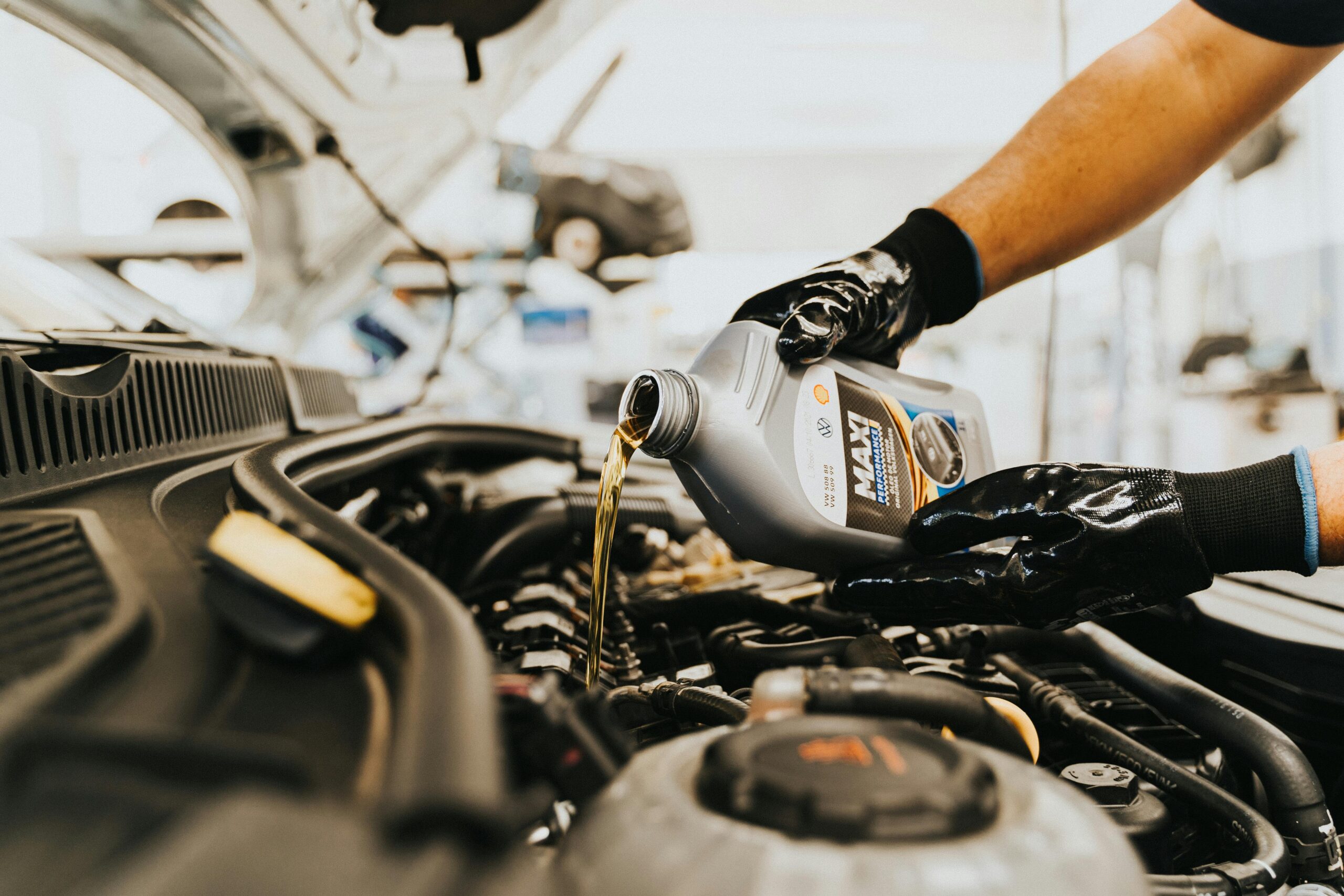Ever wondered how a simple lubrication schedule could save you thousands in boiler repairs—and even lower your machinery insurance premiums? Yeah, I thought it was just “maintenance mumbo-jumbo” too. That is, until I ignored one critical step and got slapped with a $20,000 repair bill. Ouch.
In this post, we’ll dive deep into the role of lubrication schedules in protecting your heavy machinery, saving money, and ensuring compliance with insurance policies. You’ll learn what they are, how to implement them effectively, and why some businesses still mess them up (spoiler: it’s not rocket science). By the end, you’ll have actionable steps to protect your equipment—while keeping your insurer happy. Let’s get greasy.
Table of Contents
- Key Takeaways
- Why Lubrication Matters for Boilers & Machines
- Creating an Effective Lubrication Schedule
- Top Tips for Maintaining Your Equipment
- Real-Life Case Studies: Success & Failure
- Frequently Asked Questions About Lubrication Schedules
- Final Thoughts on Staying Protected
Key Takeaways
- Lubrication schedules are vital for maintaining the efficiency and longevity of boilers and large machinery.
- Neglecting these schedules can void warranties, increase costs, and raise your insurance premiums.
- A well-documented routine helps you comply with boiler and machinery insurance requirements.
- Using quality lubricants and adhering strictly to maintenance checklists pays off in reduced downtime and expenses.
Why Lubrication Matters for Boilers & Machines

Imagine running a factory where machines hum nonstop, churning out products day and night. Sounds smooth, right? Now picture those machines grinding to a halt because no one bothered to lubricate their moving parts. Suddenly, that sweet symphony turns into a screeching horror movie soundtrack.
This isn’t just hypothetical—I’ve seen it happen. A client once skipped quarterly lubrication checks to “save time.” Fast forward six months: their boiler seized up mid-production, costing them both revenue and a hefty insurance deductible. It’s not just negligence—it’s bad business sense.
From an insurance standpoint, neglecting scheduled maintenance often means invalid claims. Insurers love to see proof that you’re taking care of your assets. Lubrication schedules act as documented evidence of responsible ownership, reducing risks and premiums alike.
Optimist You:
“A proper lubrication routine will keep everything running smoothly!”
Grumpy Me:
“Ugh, fine—but only if coffee’s involved. And don’t skimp on high-quality grease.”
Creating an Effective Lubrication Schedule

Now that you know why lubrication matters, here’s how to create a bulletproof plan:
- Identify Critical Components: Not all parts need the same attention. Focus on bearings, gears, and pumps that endure heavy wear.
- Consult Manufacturer Guidelines: Your machine’s manual holds gold. Follow recommended intervals and lubricant types.
- Set Up Alerts: Use calendar reminders or maintenance software to track when tasks are due.
- Train Staff: Ensure everyone knows the importance of sticking to the schedule. One missed task can snowball into disaster.
- Document Everything: Keep detailed records of inspections, applications, and findings. This proves diligence to insurers.
Top Tips for Maintaining Your Equipment
Tip #1: Choose the Right Lubricant
Not all oils are created equal. High-viscosity grease might feel thicker, but it could gum up delicate components. Research or consult specialists to find the perfect match.
Tip #2: Avoid Over-Lubricating
Yes, there’s such a thing as too much grease. Overdoing it can attract dust, cause overheating, and lead to seal damage. Moderation is key.
Terrible Tip Alert!
One common myth? “If it ain’t broke, don’t fix it.” WRONG. Waiting for failure is like trying to put out a fire after the house burns down. Prevention beats disaster every time.
Real-Life Case Studies: Success & Failure

Let’s talk about two contrasting stories:
Success Story: Company A implemented rigorous lubrication schedules across its facilities. Downtime dropped by 40%, and insurance rates were slashed by 15%. Their secret? Regular audits paired with staff training programs.
Failure Story: Meanwhile, Company B ignored warnings about a worn-out bearing. They assumed skipping lubrication wouldn’t hurt…until a catastrophic breakdown occurred during peak season. The result? Lost contracts, angry clients, and a massive repair invoice.
Frequently Asked Questions About Lubrication Schedules
Q: Can I use any lubricant for my machinery?
Nope. Different machines require specific formulations based on temperature, speed, and load factors. Always follow manufacturer advice.
Q: How often should I update my lubrication schedule?
At least annually—or whenever significant changes occur in operations, equipment usage, or environmental conditions.
Q: Does good maintenance really lower insurance costs?
Absolutely. Insurance companies reward proactive owners who minimize risk through preventive measures.
Final Thoughts on Staying Protected
To recap, effective lubrication schedules aren’t just boring maintenance—they’re lifelines for your machinery and wallet. By identifying critical components, using the right products, and documenting meticulously, you’ll maximize performance while satisfying insurers.
And remember: when done right, this process transforms from a chore into something almost…satisfying. Like cleaning out your garage and finding forgotten treasure. Or hitting play on a Tamagotchi revival game. Oh yeah, nostalgia strikes again.


